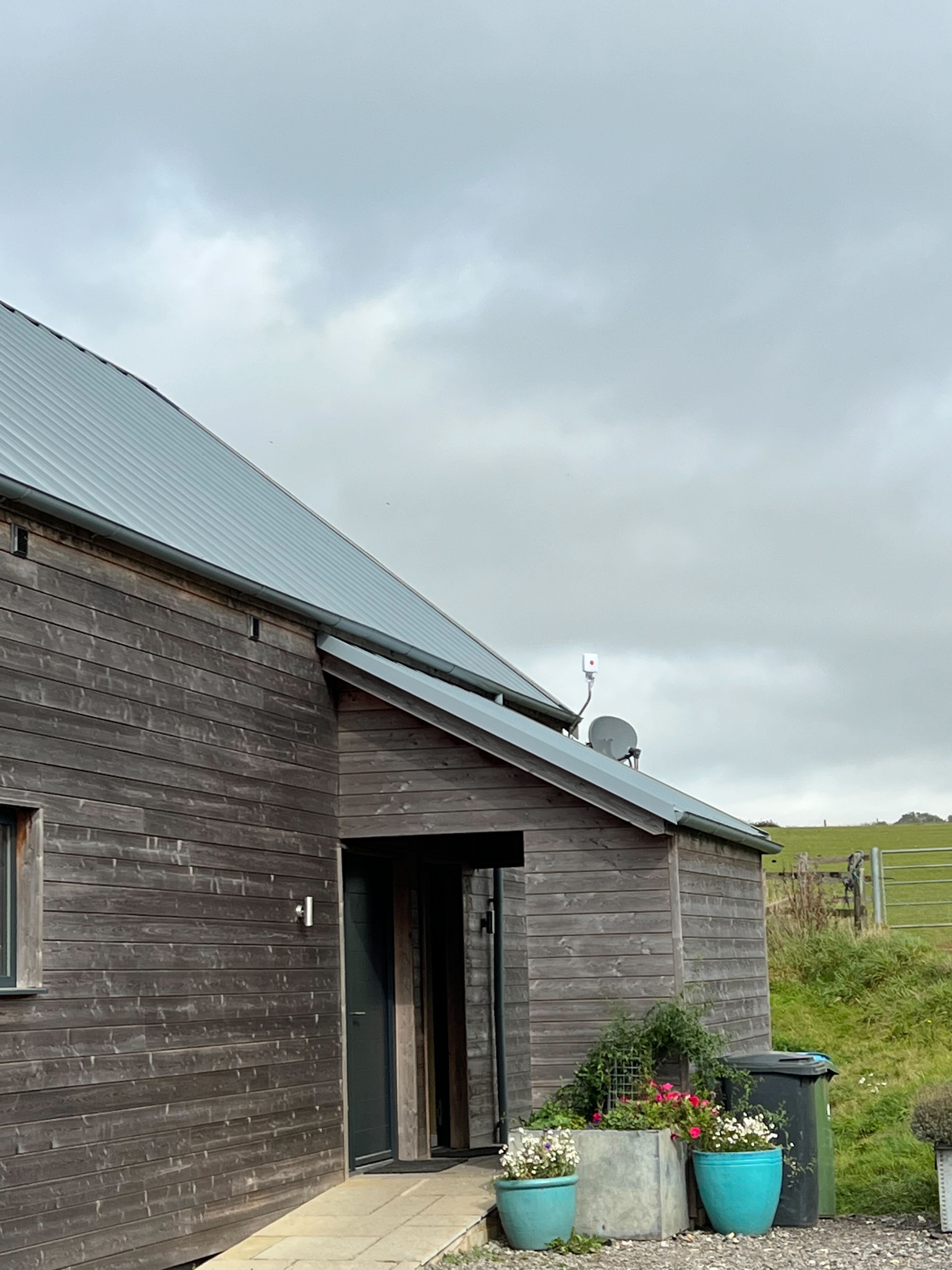
It’s been reported that the government has been warned by Three UK, O2 and Vodafone that the first phase of their project to extend 4G coverage (mobile broadband) is at risk of being delayed by 2 years.
Led by the mobile industry, this £1 billion project named the Shared Rural Network aims to increase 4G mobile broadband coverage to 95% of the UK by 2025.
What is the Shared Rural Network?
The Shared Rural Network is funded by public funding (£500 million) and the operators themselves (£532 million). The project involves sharing existing masts in certain areas as well as building and sharing new masts led by demand in other areas.
The 95% target relates to 4G mobile broadband coverage services being available from at least one of the operators. For the same date of 2025, the prediction for the completion of the Shared Rural Network for all operators is only 84% ie. the availability of 4G from all operators in certain geographic areas.
The aim of the Shared Rural Network is to help extend 4G coverage to reach:
- An extra 280,000 premises in the UK
- An additional 16,000 km of road
- More ‘in car’ connections on 45,000km of road
- 1.2 million premises with better indoor coverage
Each individual operator will aim to reach a level of 90% geographic coverage, but targets vary slightly depending on where in the UK.
4G coverage from at least one mobile network operator:
England – 98%
Scotland 91%
Wales – 95%
Northern Ireland – 98%
4G coverage from all mobile network operators combined:
England – 90%
Scotland 74%
Wales – 80%
Northern Ireland – 85%
How do you define the minimum 4G coverage?
Adequate 4G coverage is defined by Ofcom as having the minimum amount of signal strength to be able to achieve 95% probability of making and completing successfully a 90 second telephone call, plus a 95% chance of getting at least a 2 Mbps download speed.
What is causing the delay to the project?
The Shared Rural Network project has several targets to meet along the way of achieving the overall goal.
One of the first targets they need to meet is by June 2024, when coverage improvements in ‘partial not-sport areas’ need to be complete. By this deadline, 88% of the UK’s landmass should be covered by 4G.
Ofcom have also set their own deadline of 2027, by which time improvements in ‘total not-spot areas’ should be completed.
It’s this June 2024 deadline for 4G coverage across 88% of the UK and partial not-spot areas that mobile operators have asked the government for a 2 year delay for.
The reasons behind this delay are thought to be:
- The Covid-19 pandemic (the 2024 target was agreed prior to the first lockdown)
- Up to 500 day delays to gaining planning permission for new sites (there are often objections for the building of new mobile masts from residents on those areas)
- The planned merger of Vodafone and Three UK (but this being a contributing factor to the delays is denied by both mobile operators)
EE has actually already built many new masts in rural areas, but as yet there is no agreement to share access to them. EE are focused on upgrading their existing sites, and any new masts being built will be part of the Shared Rural Network’s publicly funded new masts being built to be shared.
What do the mobile operators have to say?
Spokesmen from Three UK, Vodafone and O2 all reiterate that they are on track to deliver 4G geographic coverage under the Shared Rural Network project by the target of January 2027.
Three was the only operator to allude directly to a request to the government for more time, stating the difficulties encountered throughout the pandemic, causing delays impacting the June 2024 target.
Vodafone insists that 4G has already been successfully introduced to rural areas of the UK as part of the project due to complete in January 2027 and they remain committed to their targets.
O2 are also confident that they will be meeting or come close to meeting their individual targets, remaining in contact with others in the industry as well as the government.
Interestingly, according to the government, all mobile operators are on track to meet the targets. The progress of the Shared Rural Network is due for a review by the regulator next year, so at that stage we might see some changes to plans, targets and current timescales.
There are many factors that can interfere with plans when it comes to projects in mobile infrastructure. Sometimes they struggle to achieve the end goal at all, let alone by a certain time. Things like getting planning permission, securing new sites, getting a power supply to them and fibre backhaul (the core of a network) can all cause challenges and delays. Add in the fact that much of this particular project is based in rural areas and these become very real challenges to overcome.
The government have tried to help with these issues by introducing new legislation, including:
- Sharing infrastructure
- Upgrading existing sites
- Making masts taller
However, these are yet to be added to the Electronic Communications Code by Ofcom as they await going through a consulting process before they can be adopted into the latest update.
Media coverage of this delay, including statements from the mobile operators, can be found on the Telegraph website here and is behind a paywall.
